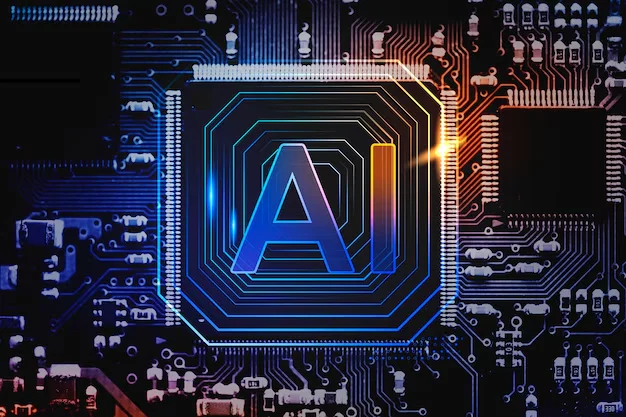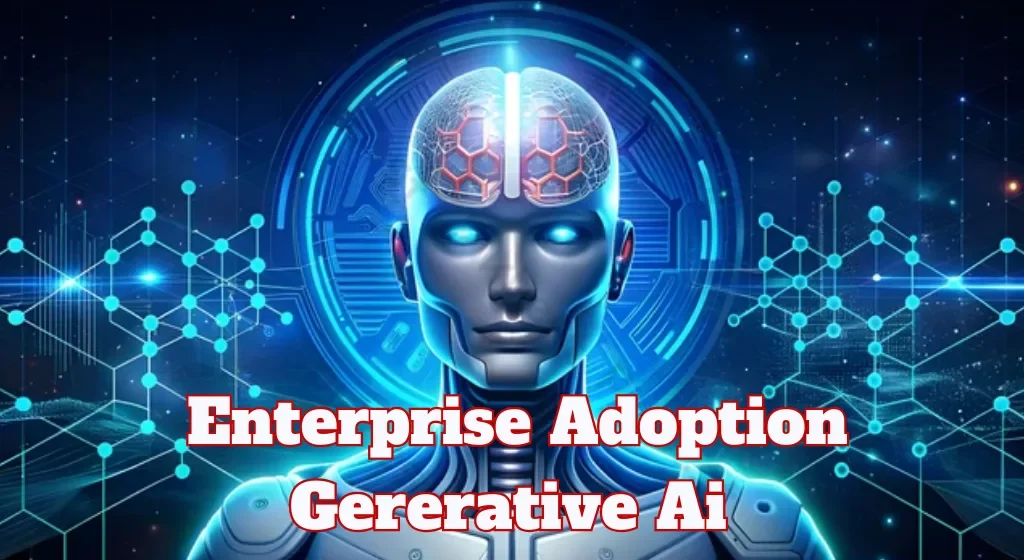Generative AI (GenAI) is a new kind of technology that helps businesses work better, faster, and smarter. It can create things like text, pictures, and even ideas—just like a human would. Tools like GPT can write emails or articles, while DALL·E can make images. Many companies are using GenAI to save time, help their teams, and give customers better experiences. In this blog, we’ll explain how businesses are using GenAI to grow and do new, creative things.
Table of Content:
What is Generative Ai?

Artificial intelligence is a technology that helps machines think, learn, and solve problems like humans. It can look at data, find patterns, and make decisions. One special kind of AI is Generative AI. This type of AI can create new things like text, images, music, videos, and even computer code. Generative AI works by learning from information. Tools like ChatGPT can write stories or emails. Tools like DALL·E can make pictures from simple prompts.
Businesses use Generative AI to save time, work faster, and make personalized content for users. It helps in marketing, customer service, product design, and more. For example, in mobile app development, it can do boring tasks like writing code or testing apps. This gives teams more time to focus on big ideas and creativity. Generative AI is not here to take people’s place. As the technology grows, it will be useful for almost al businesses—big and small.
Example Enterprise Adoption of Generative Ai
Generative AI is helping big companies work better, faster, and with more creativity. It can make new things like images, text, or designs by learning from data. Many well-known brands are already using this powerful technology in real life. Let’s look at some easy-to-understand examples:
Case Study 1: Nike – Design Your Own Sneakers
Nike is using Generative AI to let people design their own shoes. Customers can choose colors, shapes, and patterns they like. The AI takes these choices and quickly creates a custom sneaker design. This makes shopping more fun and personal.
It also helps Nike understand what styles customers prefer. With this data, Nike can design better shoes in the future and offer more of what people want.
Case Study 2: Coca-Cola – Fun and Personalized Marketing
Coca-Cola used Generative AI in a campaign called “Create Real Magic.” In this campaign, people could use AI tools like ChatGPT (for writing) and DALL·E (for images) to make fun, Coke-themed art.
This made marketing more exciting and allowed fans to be part of the brand. It also helped Coca-Cola reach younger audiences who enjoy using creative digital tools.
Case Study 3: Procter & Gamble (P&G) – Faster Product Creation
P&G is a company that makes many everyday items like shampoo, soap, and cleaning products. They use Generative AI to create new product ideas and test them faster.
The AI looks at data like customer reviews, ingredients, and performance results. Then it suggests better formulas or designs. This helps P&G make products more quickly and meet customer needs better.
Case Study 4: Autodesk – Smart Design for Engineers
Autodesk makes design software used by architects, car makers, and engineers. They use a tool called Generative Design, which is powered by AI. Users enter what they want—like a design that’s light, strong, or cost-effective—and the AI creates many possible design options.
This helps companies build better products faster, whether it’s cars, buildings, or machines. It also saves time and money by reducing trial and error in the design process.
Why Enterprise with Generative Ai Matter
These case studies show how Generative AI helps companies:
- Make personalized products and services
- Save time and money
- Create faster and smarter
- Understand what customers want
- Improve creativity in design and marketing
Generative AI is not just for tech companies. It’s helping many types of businesses—from fashion and food to design and development. As this technology grows, even more companies will find ways to use it to stay ahead and be more innovative. Generative AI creates opportunities as well for future businesses.
Impact of Generative AI on Businesses
- Better Customer Support: Businesses use AI chatbots to answer questions 24/7. This saves time and improves customer service. It also reduces the need for large support teams.
- Faster Content Creation: Generative AI can write blogs, ads, emails, and more. This helps marketing teams create faster and with less effort. It saves money and boosts creativity.
- Smarter Product Design: AI helps design new products or improve old ones. It can suggest features based on customer needs. This speeds up the design process.
- Improved Data Analysis: Generative AI can read and explain complex data. It helps businesses understand trends and make better decisions. AI tools turn numbers into simple reports.
- Personalized Marketing: AI can create ads or messages for different customers. It uses customer behavior to show what they like. This makes ads more effective and improves sales.
- Cost Reduction: AI tools reduce the need for manual work. They do tasks like writing, designing, and answering emails. This cuts costs and improves efficiency.
Challenges in Generative AI
Generative AI is a smart tool that can create text, images, videos, and more. But even though it’s helpful, it also has some problems we need to understand.
Accuracy & Reliability Issues
- AI can generate content that sounds correct, but it can be inaccurate or entirely false.
- Risks of spreading misinformation if fact is not checked.
- Lacks true understanding of context. It can create confusion.
Bias & Fairness Concerns
- AI learns from human-created data, which can include unfair or biased information.
- It can be a disadvantage in hiring and law execution applications
- It requires careful dataset arrangement and bias testing
Privacy & Security Risks
- AI systems often require large amounts of data to function well, including personal information.
- Without strong data protection, this can lead to the risk of cyber attacks or the misuse of sensitive information.
Economic & Workforce Impact
- It automates creative and logical tasks (writing, design, coding)
- May displace certain jobs while creating new ones
- Requires workforce reskilling and adaptation
Regulation & Governance Gaps
- Lacks consistent global standards for development/deployment
- Potential for hack use (deepfakes, scams, cyberattacks)
- Urgent need for ethical frameworks and oversight
Core Issue: AI’s rapid advancement outpaces our ability to address these challenges
Future with Generative Ai
- AI will help people work faster by writing emails and reports and designing content.
- In healthcare, AI can help doctors find diseases early and suggest better treatments.
- Students will get personalised lessons based on how they learn best.
- Artists, writers, and musicians can use AI to create new and creative work.
- Online shopping will improve with AI showing the right products and helping customers.
- New jobs will be created, and people will need to learn skills like using AI tools and coding.
- Entertainment like games, music, and videos will become more fun and interactive.
Conclusion
Generative AI is a smart tool that helps people and businesses do things faster and better. It can write, draw, and give new ideas. Many big companies are using it to save time and work smarter. But we also need to be careful. Sometimes AI makes mistakes or uses private data. If we use it the right way, AI can help make life easier and the future brighter for everyone.

